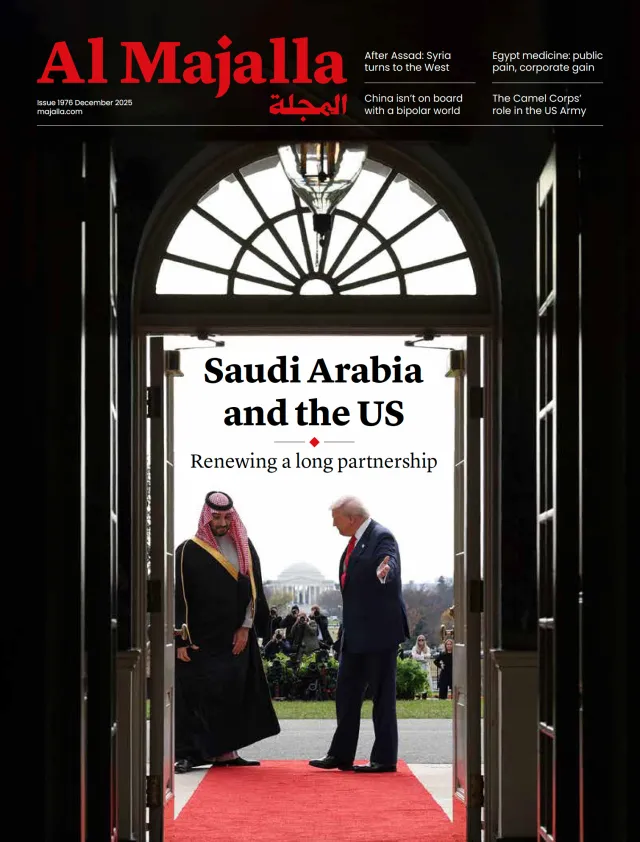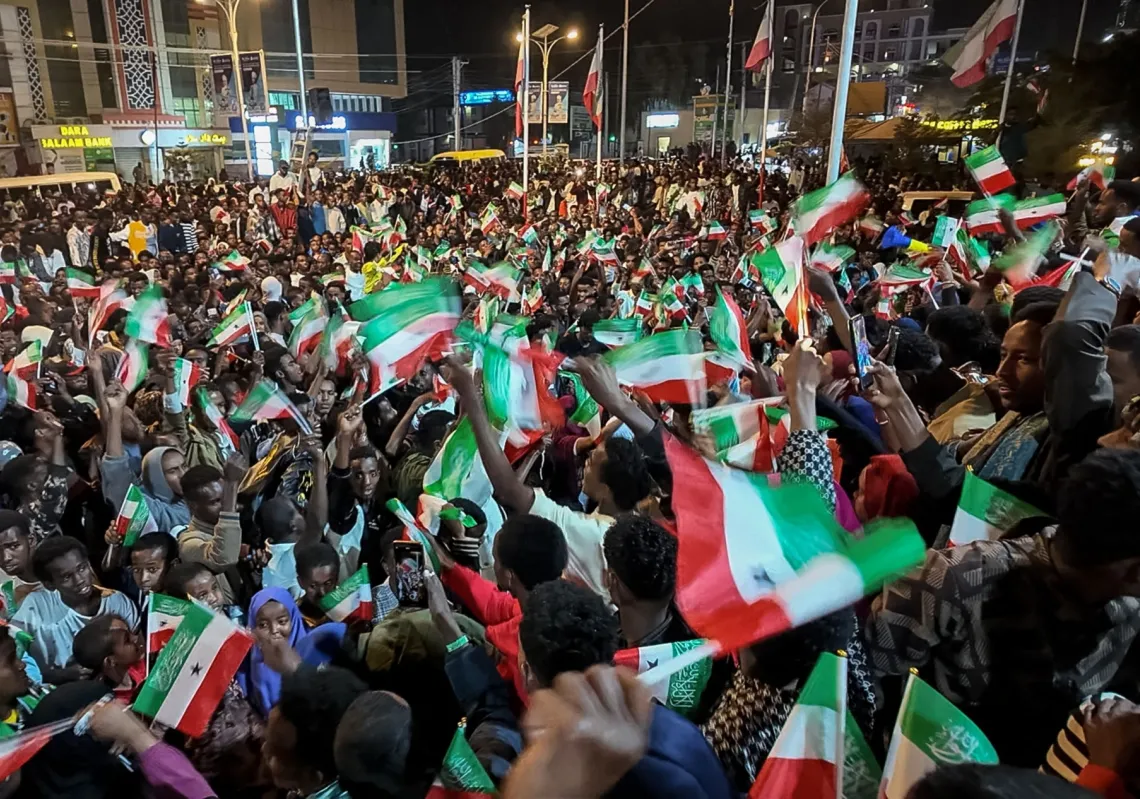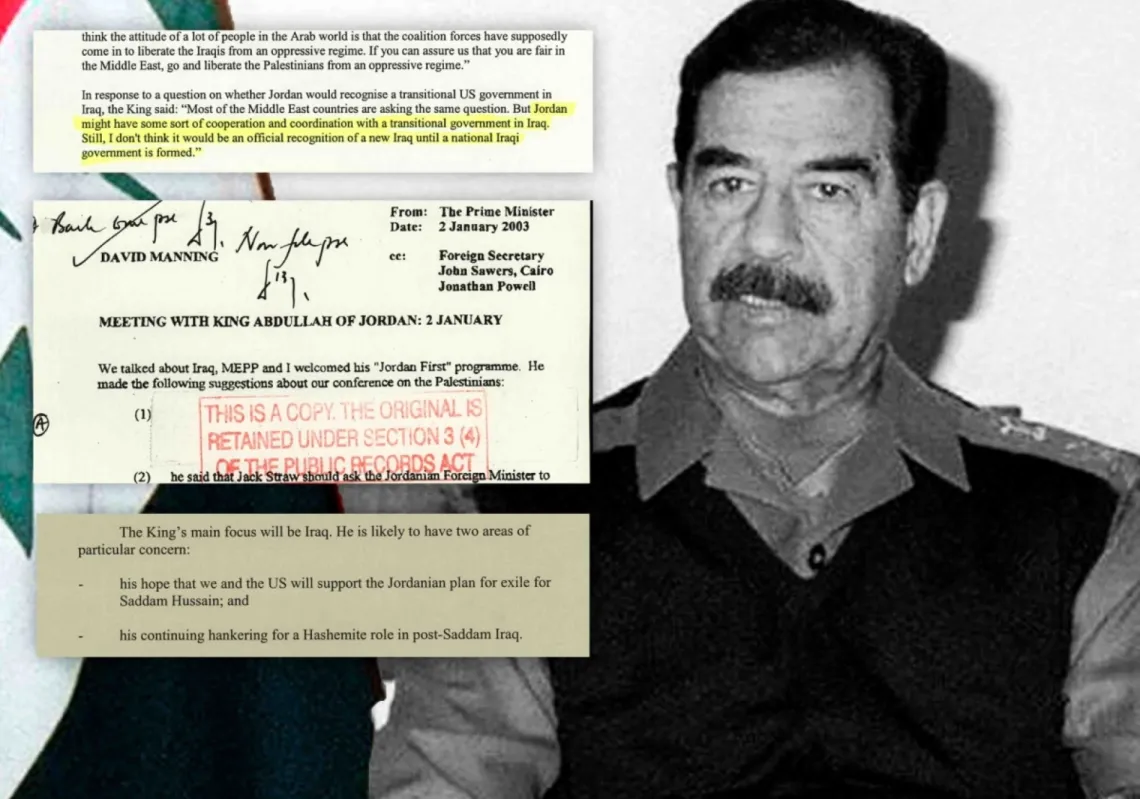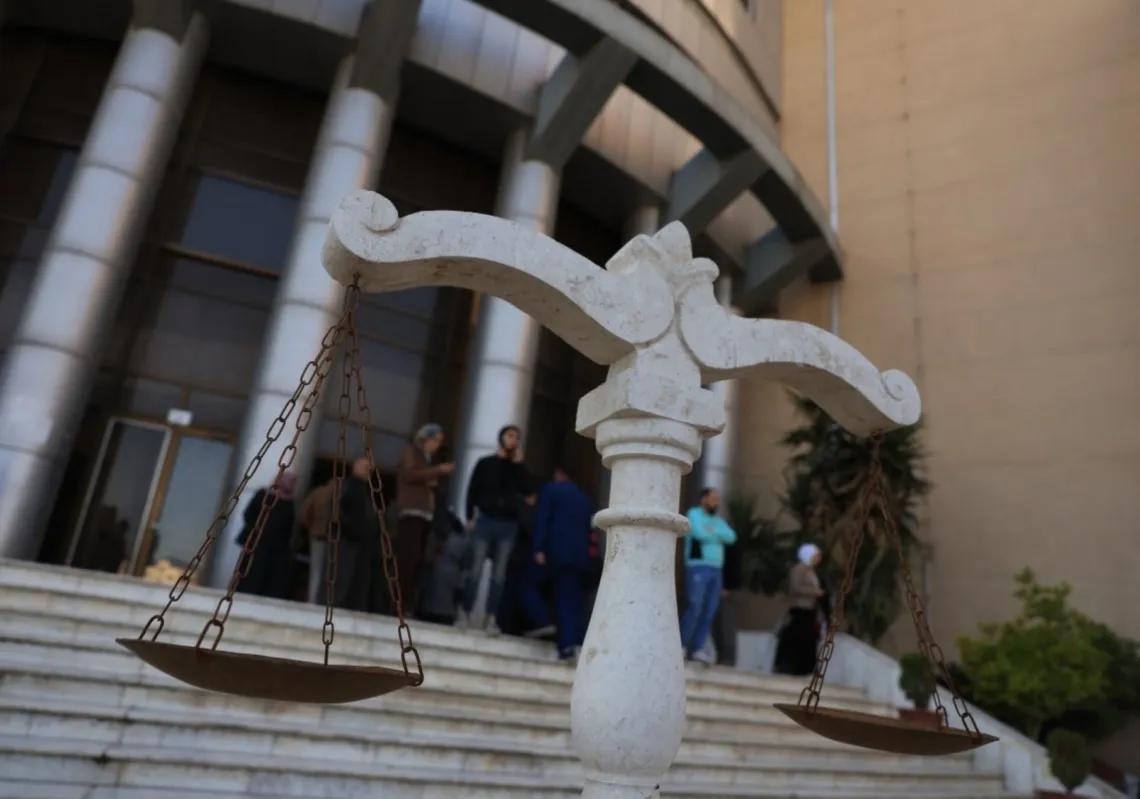 An opposition fighter guards a position in the northern Syrian city of Aleppo on January 7, 2014 during ongoing clashes with fighters of the jihadist (ISIS). In recent days, widespread fighting has broken out pitting coalitions of Islamist and moderate rebel forces against ISIL. (AFP PHOTO / MOHAMMED WESAM / ALEPPO MEDIA CENTRE) [/caption]In a documentary series about the Gulf War shown on the Al-Arabiya news channel a few years ago, former US Assistant Secretary of State for Near Eastern Affairs Edward Djerejian spoke frankly of the firmness shown by the late Kuwaiti Emir Sheikh Saad Al-Abdullah with some Kuwaiti citizens sought to take justice into their own hands in the first days after the liberation of Kuwait. The American diplomat said that the then-Prince Saad gathered a group of young Kuwaitis who were acting violently towards foreigners suspected of collaborating with occupying forces and threatened to hang them from lightning rods if they continued.
An opposition fighter guards a position in the northern Syrian city of Aleppo on January 7, 2014 during ongoing clashes with fighters of the jihadist (ISIS). In recent days, widespread fighting has broken out pitting coalitions of Islamist and moderate rebel forces against ISIL. (AFP PHOTO / MOHAMMED WESAM / ALEPPO MEDIA CENTRE) [/caption]In a documentary series about the Gulf War shown on the Al-Arabiya news channel a few years ago, former US Assistant Secretary of State for Near Eastern Affairs Edward Djerejian spoke frankly of the firmness shown by the late Kuwaiti Emir Sheikh Saad Al-Abdullah with some Kuwaiti citizens sought to take justice into their own hands in the first days after the liberation of Kuwait. The American diplomat said that the then-Prince Saad gathered a group of young Kuwaitis who were acting violently towards foreigners suspected of collaborating with occupying forces and threatened to hang them from lightning rods if they continued.
At the time, Prince Saad wanted to impose the authority of the state and assert the widely held idea that it alone has the right to use violence to uphold the law. But this was just after liberation, and so it is understandable and perhaps even natural that there should have been an element of anarchy, since the Kuwaitis had just been released from the plight of foreign occupation.
But for a country such as Saudi Arabia, which has held on to its sovereignty throughout its eighty-year history and has never experienced a full scale war—with the exception of the Gulf War, which was mainly fought in Kuwait—the presence of thousands of its young citizens travelling abroad to join foreign fighting groups and wage war is quite strange.
Estimates regarding the number of Saudi fighters in Syria vary. The Saudi Al-Watan newspaper recently put the number at 1,400, while in December 2013 the UK’s Daily Telegraph estimated there were 1,000 Saudi fighters in Syria, with other sources putting the figure as high as 4,000.
Some have argued that the campaign by some elements of the media and some religious figures during the Soviet occupation of Afghanistan in the 1980s has had a huge role in encouraging young people to go to Syria. This isn’t very convincing when you consider how young most of them are—they would have only been young children at the time of the Soviet invasion of Afghanistan.
Moreover, there is a crucial difference between the motives of Saudi fighters in 1980s Afghanistan and present-day Syria. In the 1980s, young Saudis were going to Afghanistan to help with relief work or to fight a clear enemy, while today they are going to Syria and joining organizations that consider Saudi Arabia their enemy and generally do not recognize the sovereignty of modern nation states.
It is for this reason that the recent Saudi royal proclamation was so strict about punishing those joining conflicts abroad. It is a reassertion of the authority of the state, and the idea that waging war is the exclusive right of its military and its official security services. Moreover, it is the final word on the legal and political treatment of Saudis going to fight abroad.
But there is still the social side of the issue to address, and this will need a lot of work to ensure the same phenomenon is not repeated in the future. The challenge faced is one of instilling the notion that serving in the military to defend the nation is the only legal channel for jihad. This is an enormous challenge for a country where some people consider national affiliation to be an element of jahiliya (ignorance of religion).
The problem will only be resolved when names like Ayedh Al-Shamrani—a Saudi Air Force pilot who shot down two Iraqi planes in the Gulf War—are more prominent in the minds of young people than the mujahedeen leaders from Afghanistan, and when the names of those Saudi troops who died fighting the Houthis in the recent border war are remembered ahead of those who die for Al-Qaeda.
All views expressed in this blog post are those of the author and do not necessarily represent the views of, and should not be attributed to, The Majalla magazine.









